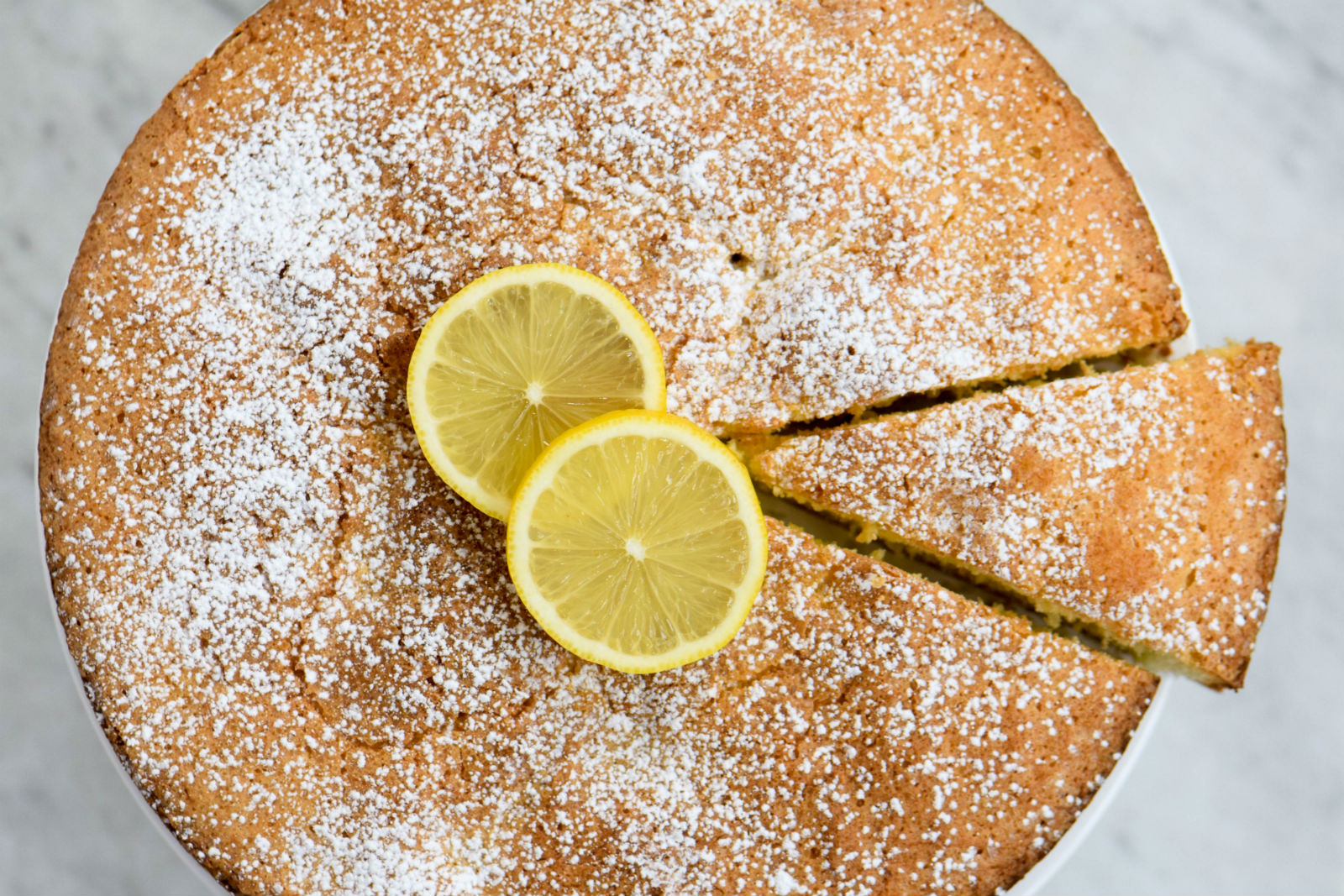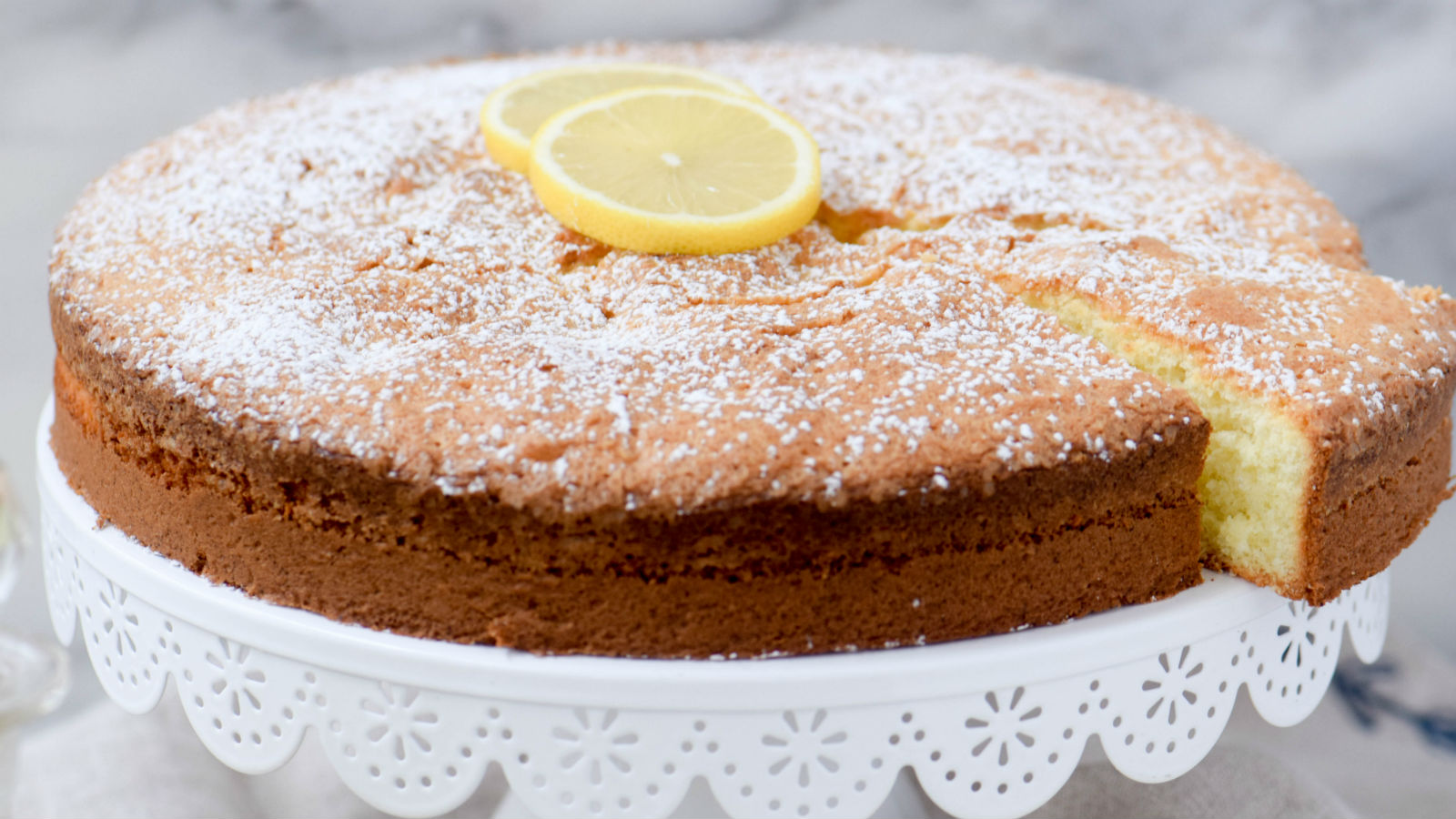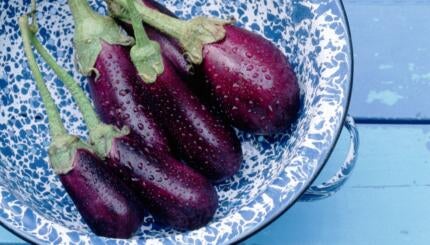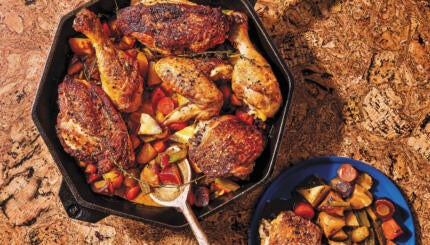On Hanukkah, we celebrate the miracle of how a small amount of olive oil — enough to light the eternal flame for a single day — lasted for eight days, giving our ancestors enough time to make new oil and rededicate the temple that had been destroyed by Greek soldiers.
As a result, the most iconic Hanukkah foods, such as latkes and sufganiyot — the jelly donuts beloved by Israelis—are fried in oil. (Yes, the reason we eat latkes on Hanukkah has nothing to do with potatoes and everything to do with oil.) Fried foods are certainly tasty, but they are not necessarily something we want to eat for eight days straight.
Luckily, there are many ways to cook and bake with olive oil beyond sautéing and deep-frying. Indeed, some chefs will tell you that olive oil, with its low smoke point, is not even the best choice for frying. This Hanukkah, why not honor the miracle of the oil by making some dishes that incorporate olive oil in other ways?
Olive oil is healthy, versatile and has, as we know, an ancient heritage. Humans began using oil from olives over 6,000 years ago in Asia Minor. Its use spread throughout the Mediterranean thanks to the influence of the Greeks. (The Greeks may be the bad guys in the story of Hanukkah but they are good guys in the story of olive oil.) We now know that olive oil is rich in monounsaturated fat, which has been shown to reduce the risk of heart disease and ease inflammation. Extra-virgin olive oil contains protective antioxidants called polyphenols, as well as vitamin E, but these benefits are only present in this minimally processed oil, not other forms.
The Nosher celebrates the traditions and recipes that have brought Jews together for centuries. Donate today to keep The Nosher's stories and recipes accessible to all.
Not only is olive oil good for you, but it makes other healthy foods, such as vegetables and fish, taste delicious. For example, fish poached in olive oil is a revelation. This gentle cooking method ensures that the fish does not dry out and it is less smelly and messy than frying. Olive oil poached fish would be an elegant and meaningful meal this Hanukkah — without the mess or lingering odors of frying.
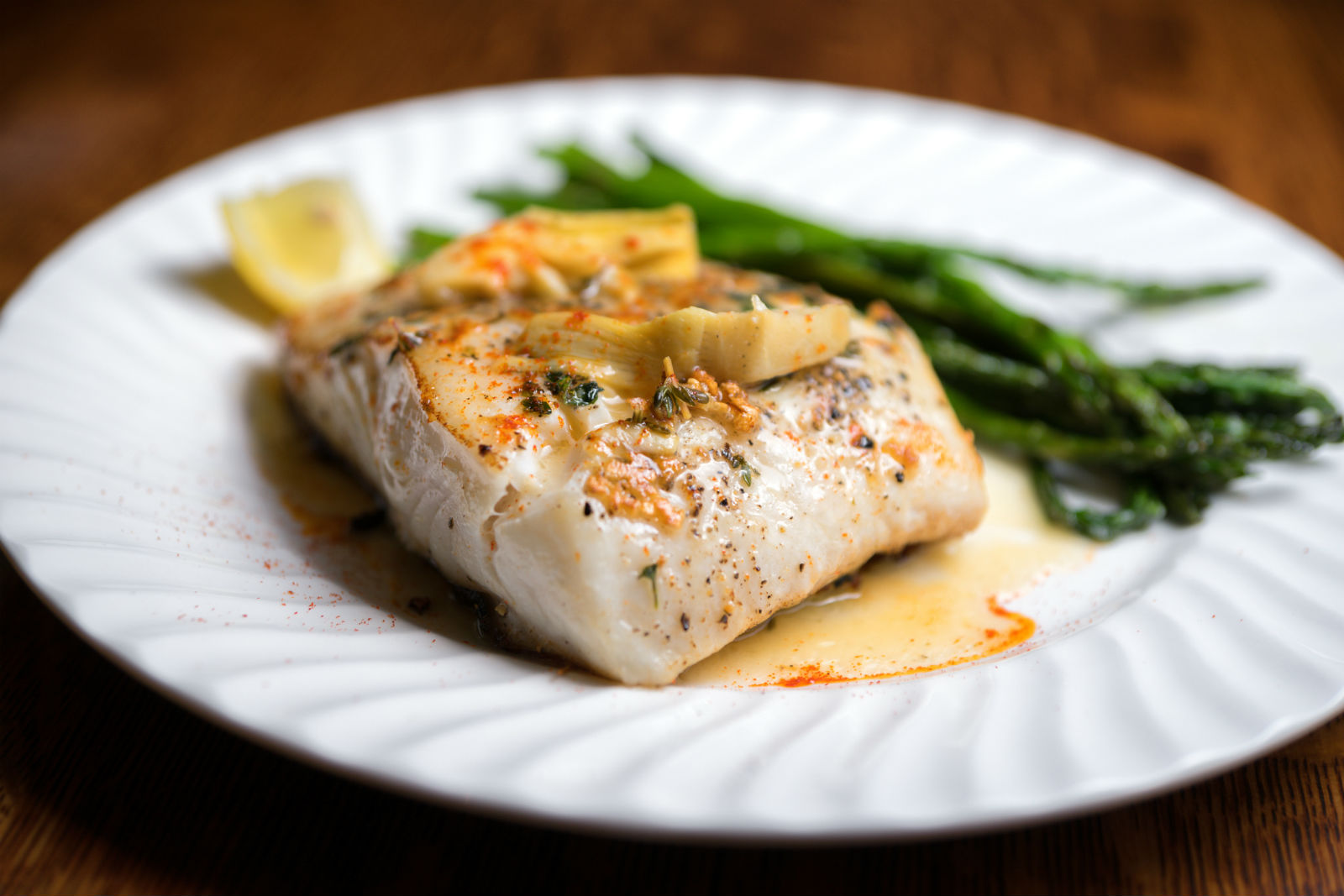
Poaching in olive oil works best with filets of firm fish like salmon, tuna or halibut. Use extra-virgin olive oil for poaching, but choose an everyday one — save the strongly flavored oils, which usually come with a higher price tag, for drizzling over the finished dish. While this method does require quite a lot of oil, you can reuse that oil two or three times — only for poaching fish, though! No one wants fishy-tasting salad dressing. Here are some of my favorite recipes for fish poached in olive oil:
Olive Oil Poached Halibut with Fennel and Saffron from Fine Cooking
Olive Oil Poached Tuna with Caper and Olive Vinaigrette from Fine Cooking
Tilapia Poached in Olive Oil with Thyme and Garlic from Food52
Olive Oil Poached Salmon from Serious Eats
You can also make Hanukkah desserts — beyond the deep-fried donut or fritter — that honor the holiday miracle by using olive oil in your baking. Olive oil can be used in place of vegetable oil in most quick bread and brownie recipes. You can even use olive oil in your challah, like this one from The New York Times. If you are not looking for a strong olive flavor in your dessert, use regular olive oil, not extra-virgin, for these purposes.

But there is more to baking with olive oil than merely using it in place of other oils. In olive oil-producing countries like Spain and Italy, bakers create cakes that are designed to show off the unique flavor of local extra-virgin olive oils. These cakes are dense and moist, but not overly sweet, with a crackly top crust. The tender texture and fruity flavor of an olive oil cake will win over any skeptics who claim olive oil doesn’t belong in dessert.
For my Hanukkah celebration this year, I am forgoing the jelly doughnuts in favor of this elegant, deeply satisfying Meyer Lemon Olive Oil Cake. The best part? Olive oil cakes store particularly well, so I can make it a day, or even two days, before the holiday. When the first night of Hanukkah falls in the middle of week, any preparation I can do in advance is a bonus.
Ingredients
- 3/4 cup sugar
- 3 eggs, separated
- 1 Meyer lemon (can substitute regular lemon)
- 3/4 cup cake flour
- 1/2 tsp baking powder
- 3/4 cup extra virgin olive oil
- Pinch salt
- 1/4 tsp cream of tartar
- 2 Tbsp Turbinado or Demerara sugar
Directions
- Preheat oven to 325, and grease and flour a springform pan.
- In the bowl of a standing mixer using the whisk attachment, whisk together 1/2 cup of sugar, two of the egg yolks, the zest from the lemon and 2 Tbsp of freshly squeezed lemon juice.
- Add cake flour and baking powder, and whisk to combine.
- With mixer running on low speed, slowly pour in the olive oil in a steady stream.
- Transfer mixture to a large bowl and set aside. Wash and dry the bowl and whisk attachment.
- Add three egg whites, salt and cream of tartar to the mixing bowl, and beat on medium speed with the whisk attachment. When eggs are foamy, begin to add the sugar in small increments.
- Continue to whisk egg whites just until soft peaks form.
- Add 1/4 of egg whites to the batter and stir. Gently fold in the remaining egg whites by cutting down the middle of the batter with a spatula and folding the bottom of the batter over the top. Turn the bowl and do it again. Keep going this way until the whites are fully incorporated. (Folding takes longer than stirring, but is critical to achieving the right texture because it incorporates the egg whites without deflating them.)
- Pour the batter into the prepared pan and tap the pan against the counter twice to remove air bubbles.
- Sprinkle the top with the Turbinado or Demerara sugar.
- Bake cake until top is golden brown, 40-45 minutes.
- Cool on a wire rack for at least an hour before removing from pan.
